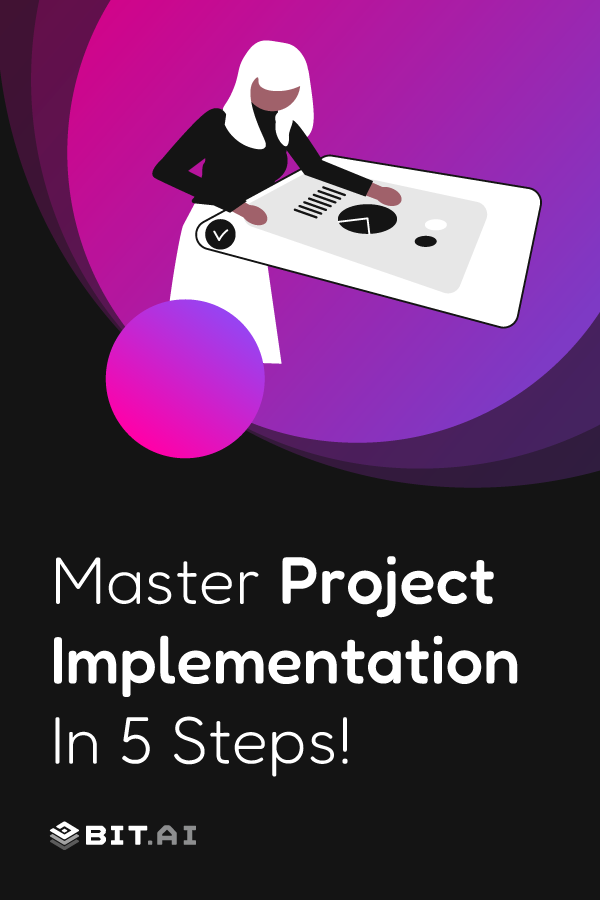These words by Stephen Keague are nothing short of gospel in terms of project implementation. You see, a project without a solid plan for its implementation is very much like setting out to sail without a map; confusion, delays, and chaos ensue. With the right blueprint, however, you may gear up to align your team, bang on time, and meet those goals like a pro.
So, what, then, is a project implementation plan? Simply put, it is a game plan that chases up all those big ideas to give them life, a reality. It’s a strategy, a roadmap, a guidebook that ensures your team stays on course and your goals are within reach. A well-crafted plan lays out the what, when, who, and how, ensuring every task gets done efficiently and on time.
In this blog, we’ll discuss the process of creating a project implementation plan that wins — what it is, why it matters, and how to make it work for you. We’ll also introduce you to tools like Bit.ai that can make the whole process easier. So, are you ready to turn your ideas into action, minimizing the dreaded poor performance? Let’s dive in!
Topics Discussed in the Blog
- Understanding the Essentials of a Project Implementation Plan
- Steps to Create a Project Implementation Plan
- Best Practices for Effective Project Implementation
- How Bit.ai Can Help
Understanding the Essentials of a Project Implementation Plan
A project implementation plan isn’t just a document; it is your strategic playbook. Without it, even the most promising projects will fail because of miscommunication, resource management, and vague goals. With such a plan, you’ll have clarity, accountability, and alignment to ensure that your project runs from an idea through to completion quickly. Focusing on objectives, timelines, allocation of resources, and performance metrics can help minimize the risks and set your team up for success.
Let’s discuss what it takes to create an outstanding project implementation plan and how tools like Bit.ai can really shake things up.
Project Objectives and Scope
All projects start with purpose, and defining objectives is the first step towards attaining it. Objectives clarify the “why” behind your project and paint a clear vision of what your team is going toward, but that isn’t enough to define goals. They require boundaries, and that’s where project scope comes in.

Why Objectives Matter: Clear objectives prevent scope creep, where additional tasks or features are added mid-project, derailing timelines and budgets. For example, if you’re building an app, your objective might be “Create a user-friendly budgeting tool.” A well-defined objective ensures your team isn’t tempted to add unrelated features, like a gaming module.
Scope defines what’s in and out of the scope of your project. Without scope, you risk overcommitting your resources. Imagine accepting a project to design an entire house when you only planned for one room.
Setting Clear Timeframes
The most critical resource is time, and a poorly planned timeframe can lead to delays, rushed work, or outright project failure. A clear timeline ensures all tasks and milestones are accounted for, keeping the team on track. Start by breaking down the timeline into milestones—significant checkpoints like completing prototypes or conducting stakeholder reviews. Next, identify the smaller actionable tasks required to achieve these milestones. Assign realistic deadlines for these activities to maintain steady progress and prevent burnout.
Resource Allocation
Imagine sending your team on a mission without proper equipment or defined roles—it’s a recipe for chaos. Resource allocation ensures your team has everything they need: tools, time, and talent. Begin by conducting an inventory of existing resources, including team skills, software, and budget. Clearly outline the roles and responsibilities of each team member to avoid overlaps or gaps.
Throughout the project, monitor resource usage to prevent shortages or overspending. Proper resource allocation not only eliminates bottlenecks but also boosts team morale, instilling confidence that they are well-prepared to achieve their goals.
Definition of Key Performance Indicators
What does success look like for your project? Key Performance Indicators (KPIs) provide measurable goals that track progress and evaluate outcomes, offering clarity and focus for the team. For example, a marketing project might aim to “increase website traffic by 30% in the next three months,” while a software development project could target “95% bug-free performance in the final version.”

Define KPIs early in the project to establish clear targets. Periodically review these metrics to assess progress and adapt your strategy if needed. KPIs not only measure success but also guide decision-making, ensuring your project stays on track and meets its objectives.
Steps to Create a Project Implementation Plan
A project implementation plan is like a roadmap for your project: it organizes everything in an actionable manner. Let’s narrow it down to some basic steps:
1. Conceptualization and Feasibility Analysis

Begin by defining what your project hopes to accomplish and determine whether it is possible based on available resources, timeline, and risks. Well-defined objectives, such as increasing sales by 20%, provide guidance. Feasibility check: Determine the project’s alignment with organizational objectives. Engage with stakeholders and seek their input; provide insight and allow detection of potential problems much sooner.
2. Detailed planning and scheduling
Break the project into smaller tasks and set a timeline. Use tools like Gantt charts to map dependencies, ensuring that tasks follow a logical sequence. For example, the design must be finalized before development begins. Assign roles clearly so team members know their responsibilities, avoiding confusion and delays.
3. Resource Mobilization and Assignment
Allocate resources—people, tools, and budgets—effectively. Match tasks to people with appropriate expertise and ensure physical and financial resources are available. Monitor bottlenecks, which occur through overlaps in responsibilities, and eliminate them as early as possible to ensure smooth progress.
4. Risk Management and Contingency Planning
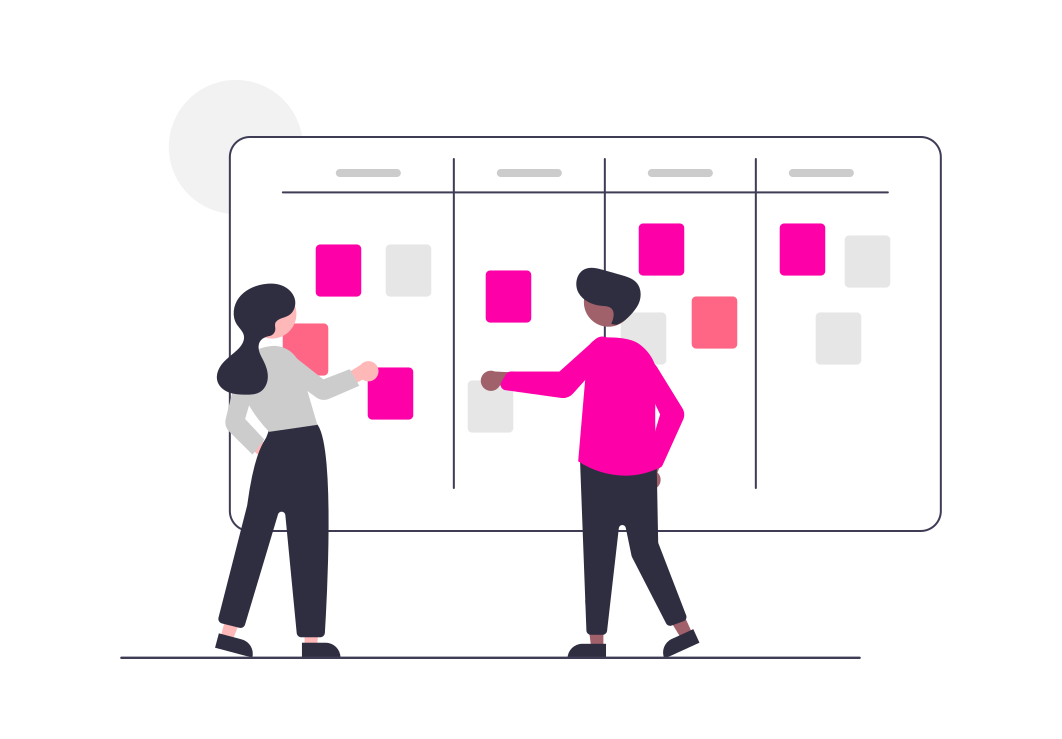
Be prepared to manage risks such as delays and budget overruns by identifying potential issues or problems, prioritizing them according to impact, and developing contingency plans. For example, prepare a backup supplier, change schedules for resource availability, or reschedule specific timelines. Such proactive planning minimizes disruptions.
5. Finalize and Approve Your Plan
Now, bring the entire thing together into a plan. Add in objectives, timelines, roles, and risk strategies. Share it with stakeholders, take in all feedback suggestions, and draft revisions accordingly. Final approval ensures that everyone is aligned and ready for execution.
Best Practices for Effective Project Implementation
Even the most meticulously crafted plan needs the right strategies to succeed. By adopting best practices, you can ensure smoother execution, avoid roadblocks, and keep your project on track. Let’s explore three key areas:
Effective Communication Strategies
Clear communication is the backbone of any successful project. Misunderstandings can lead to missed deadlines or errors, but consistent communication keeps everyone aligned.
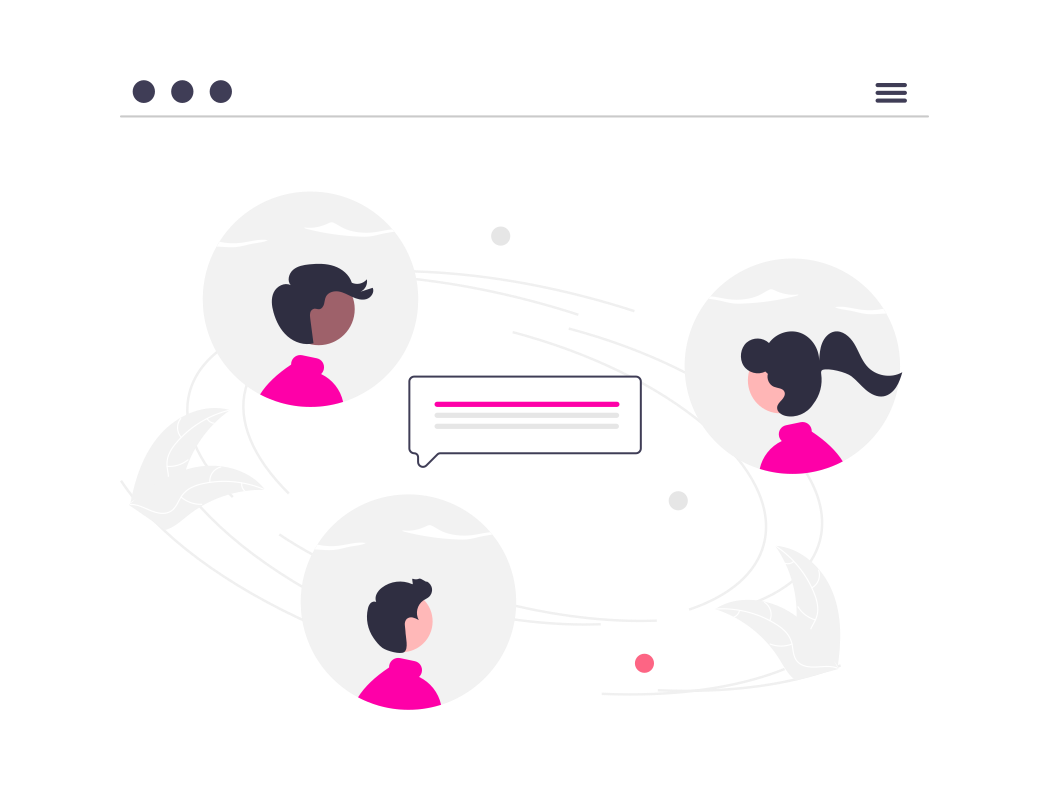
Centralized communication is a game-changer—use platforms that consolidate updates, discussions, and documents in one place, eliminating chaos from a multitude of emails or chat threads. Regular check-ins, be it weekly meetings or daily stand-ups, keep everyone up to speed with an issue’s progress and enable early action. Lastly, the fostering of open dialogue creates a team culture where people feel at ease sharing ideas or raising concerns, improving collaboration and problem-solving in the end.
Stakeholder Engagement Techniques
Effective engagement of stakeholders becomes vital in seeking support and ensuring the project is aligned with organizational objectives. The way to achieve this is by involving them early. If stakeholders are involved early during the planning stage, you can shape the project according to their needs and expectations.
Once the project is on, simply keep the stakeholders updated with some regular updates in any way possible, either through a status report, dashboard, or presentation. Always encourage feedback, as this will improve the output of the project, and they will be more likely to feel invested in its success.
Collaborative Tools for Team Productivity
Team collaboration has also been revolutionized with modern tools. The process is made simpler with the robust features of platforms like Bit.ai.

Bit.ai centralizes all project documentation, ensuring a single source of truth that eliminates the risk of outdated information. Real-time collaboration allows team members to work simultaneously on the same document, with updates going into effect immediately. You can also integrate multimedia such as videos, charts, and images into your implementation plan to make it clearer.
These tools streamline workflows and decrease errors, helping keep teams focused and productive throughout the project lifecycle.
How Bit.ai Can Help
Bit.ai is a game-changing platform that redefines how teams approach project implementation planning. By combining ease of use with robust collaboration features, it empowers teams to create, manage, and execute their plans effectively. Whether you’re leading a small initiative or tackling a complex, multi-phase project, Bit.ai ensures everyone stays informed, engaged, and aligned.
Dynamic and Interactive Plans

The era of static documents has long since disappeared. With Bit.ai, project implementation plans are no longer just text—they’re comprehensive, engaging, and dynamic. You can embed various media types into your plans, such as videos, charts, and images. This creates visually appealing and interactive documents that communicate complex information effectively. Presenting to stakeholders or guiding your team is made seamless with clarity and impact.
Features of Bit.ai for Project Planning
Easy-to-Make Documents
With Bit.ai, making documents is intuitive and efficient. Its sleek interface simplifies the process, ensuring even those with minimal technical expertise can create professional, well-presented plans. From pre-built templates to customization options, your implementation plan can be ready and tailored to your project’s unique needs in no time.
Real-Time Collaboration and Editing
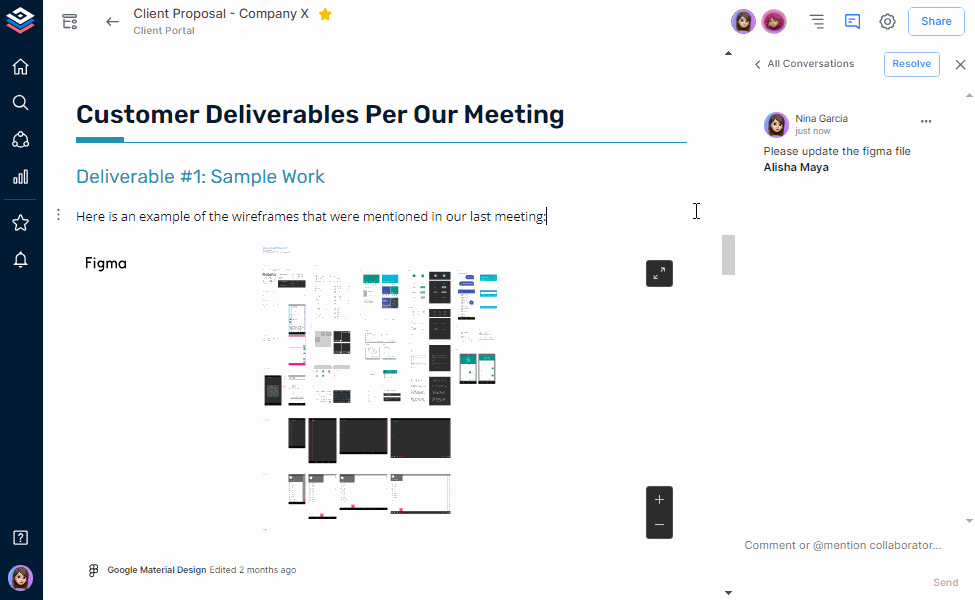
Bit.ai makes teamwork seamless with its real-time collaborative features. Multiple teams can work on a single document, with edits and comments updating instantly. Whether your team is in the same office or scattered across the globe, Bit.ai eliminates miscommunication and versioning issues, keeping everyone on the same page.
Multimedia Integrations
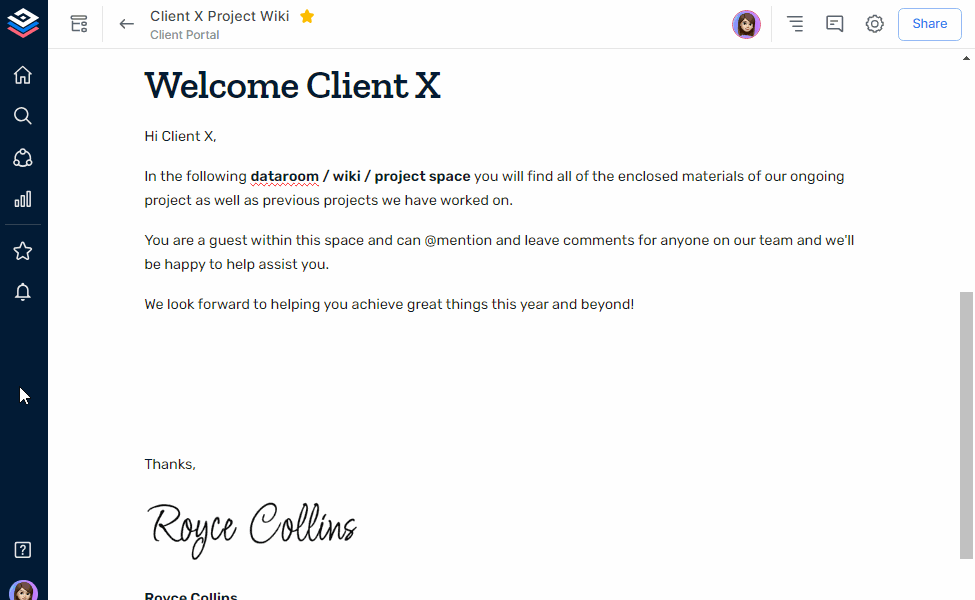
The platform allows rich media—such as videos, spreadsheets, and diagrams—to be embedded directly into your plan. It also integrates with popular cloud storage services, making it easy to pull in files or reference data. This saves time and ensures all critical resources are accessible in one document.
Simplified Sharing and Access Control
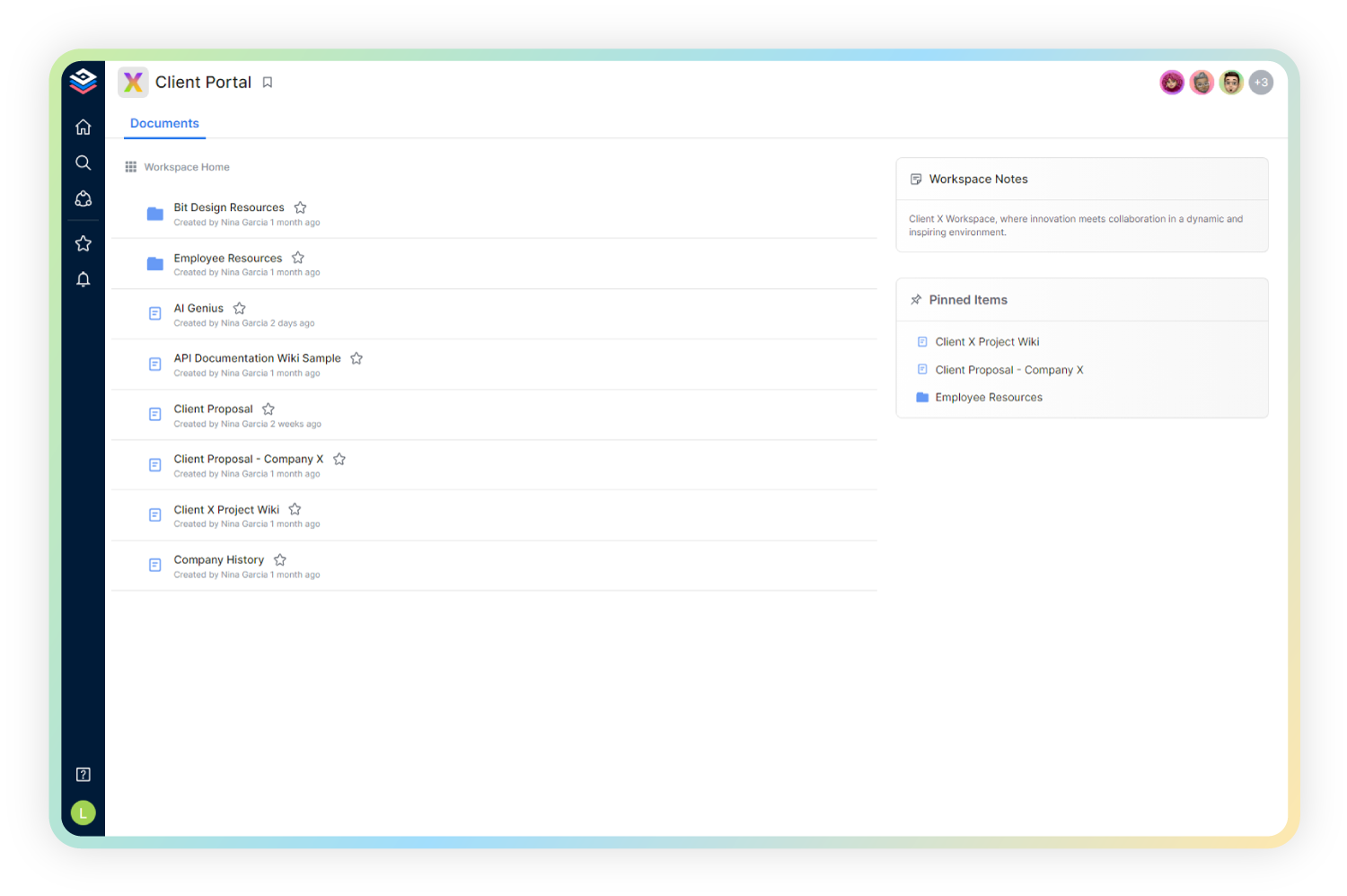
Sharing your plan with team members or stakeholders is effortless with Bit.ai. Customizable access controls allow you to determine who can view, edit, or comment on your document. Whether you’re presenting to external clients or collaborating internally, Bit.ai ensures streamlined communication.
Conclusion
In the world of project management, an effective implementation plan is like having a GPS for your journey – minus the GPS, there is a good chance that you may end up lost in the wilderness of missed deadlines, confused team members, and an endless cycle of revisions. A well-structured plan helps navigate while keeping you on the fastest route to success by keeping the team aligned, the resources optimized, and the goals in view. So, whether you’re aiming for a one-week sprint or a year-long marathon, remember that planning is a little thing that can bring a lot of accomplishments. Just like a good cup of coffee might take a little effort to brew, once you get it right, you are energized and focused to face the world’s challenges at large. Now go ahead and plan like the project pro you are!
Further Reads:
10 Best Free Small Business Software & Tools in 2025!
Top 20 Management Documents Every Business Team Needs
Project Management Guide with Free Template!
Best Practices for Project Timeline Planning – Complete Guide
